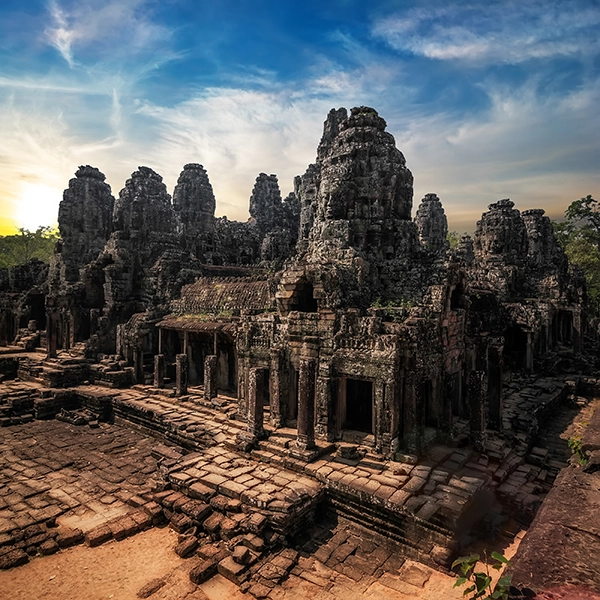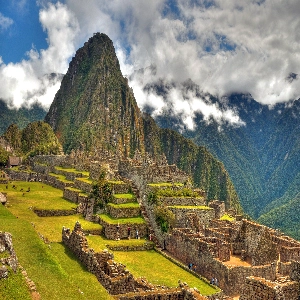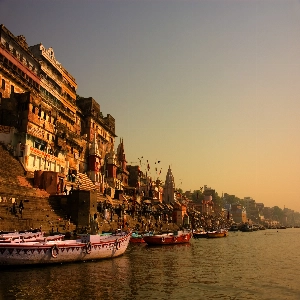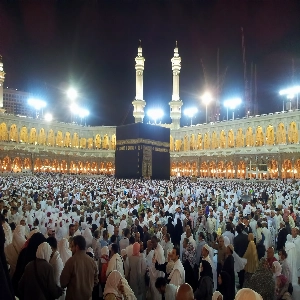Discover The Mystical Splendor Of Angkor Wat: A Journey Through Time

While religion is in heated opposition to science in our times, back in the early 12th century, master builders for the Khmer Empire created the temple complex at Angor Wat, Cambodia, by combining the devotion of faith to the fusion of architecture and science. In order to honour and worship the Hindu god, Vishnu, this largest religious centre on earth was erected. But faith, like design styles, can be fickle and by the end of that century, Angor Wat had transformed to an amazing sacred place dedicated instead to Buddha.
Resplendent with attributes such as an outer enclosure, a wide moat, dozens of galleries an columned corridors, a library and temple, the site is a UNESCO World Heritage Site. it is the seventh Wonder of the World, no surprise when you stand in awe of its design and structure, knowing how long ago it was built.
The temple is oriented to the west, unusual for religious places at that time, but the reason may be that it was originally intended as a funerary temple for a great leader or god. The site boasts five towers, believed to represent the five peaks of Mount Meru, regarded to be the residence of the gods.
Angor Wat has not been in active use as a religious centre since the late 15th century. It is thought that profound levels of monsoon rains damaged it beyond use and it was abandoned. Luckily, it did not fall to complete ruin.
Some damage was done to Angor Wat during the Viet Nam War in a shoot-out between the Vietnamese and the Khmer Rouge forces; bullet holes can be seen etched into the stone, damaging some of the precious reliefs that abound. Today, a preservation society helps to fund on-going restoration work at Angor Wat so that future generations may marvel at its size and beauty.










